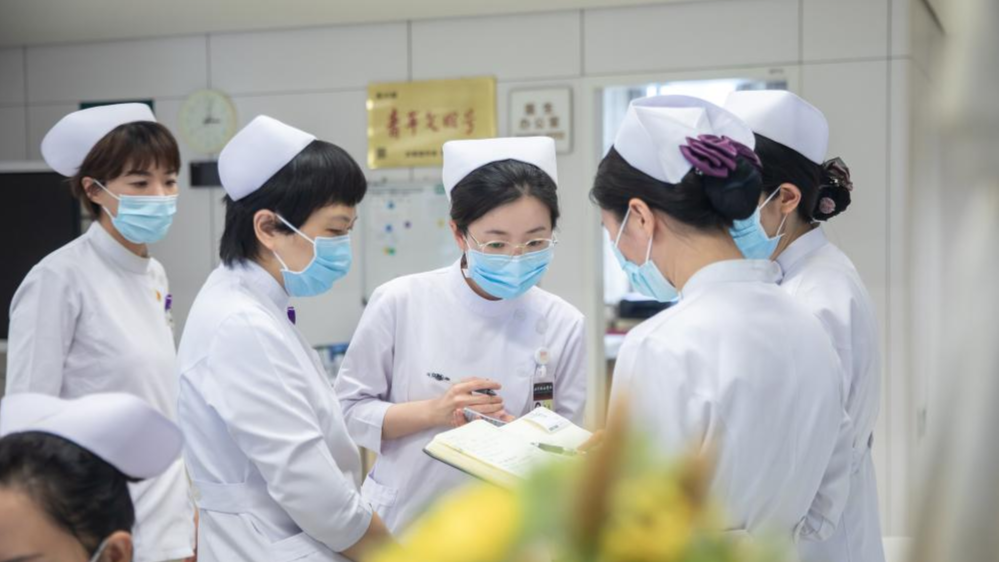
BEIJING - With over 20 percent of its population aged over 60 and a growing public focus on health, China has committed to a "health-first strategy" that highlights disease prevention and health management.
This strategy was outlined in a key reform resolution recently adopted at the third plenary session of the 20th Communist Party of China Central Committee.
With solid progress in healthcare, the country is transitioning from primarily treating diseases to maintaining overall health.
"This transition is a common feature of medical reform and upgrades in many countries," said Gordon G. Liu, dean of the Institute for Global Health and Development at Peking University.
He noted that in an aging society, the demands for medical services are increasingly steered toward high-quality health management, chronic disease management and long-term care.
ALSO READ: China moves to advance high-quality development of service consumption
Liu said that the medical services for health management still have room for improvement in China.
To ensure the overall health for its massive population, the country needs to boost "capacities for disease monitoring and early warning, risk assessment, epidemiological investigation, testing and inspection, emergency response, and medical treatment," according to the resolution.
In recent years, the government and medical institutions have made significant progress in these areas, particularly in combating chronic diseases and forestalling epidemics.

Action plans have been issued to prevent and control four major chronic diseases that account for over 80 percent of the country's deaths. These plans propose measures such as increasing early awareness among diabetes patients to prevent disease progression, and enhancing the screening capacity for chronic respiratory diseases.
China has been offering early screening services for many prevalent cancers, covering most of the top 10 types of cancer. Nearly 200 million women have benefited from screenings for cervical and breast cancer.
Regarding epidemics, China has established a direct reporting system covering around 84,000 medical institutions. Health authorities have pledged efforts to upgrade this system to strengthen its risk monitoring capabilities.
ALSO READ: China’s foreign trade to stay resilient in second half of 2024
China is also working to expand the coverage of family doctor services and long-term care insurance schemes to provide home-based care for its people.
Promoting public health entails joint efforts from various departments and requires the "coordinated development and governance of medical services, medical insurance, and pharmaceuticals," as highlighted in the resolution.
This approach is derived from the successful experience of medical reform in the city of Sanming in east China's Fujian province, which has been promoted nationwide.
Zhan Jifu, former head of Fujian provincial healthcare security bureau who spearheaded the medical reform in Sanming, believes that this collaboration helps guide medical practices to better meet the public's demand for healthier lives.
Liu said that the reform of medical insurance systems needs to go in tandem with that of medical services. "New payment methods should be explored to encourage more doctors to practice medicine and health management in communities and households rather than staying in hospitals," he added.


